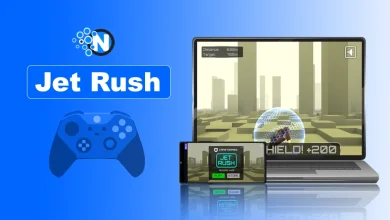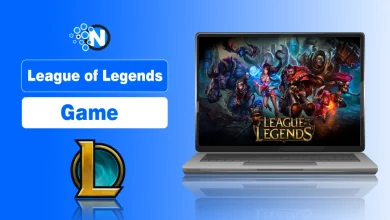What Blockchain Developers Can Learn From High-Risk Game Design

Decentralized finance, gaming, and digital identity are just a few of the new avenues being enabled by blockchain technology. One of the new emerging mechanics that is highly interesting is the crash games, a combination of real-time decisions, provable fairness, and token-based rewards. These games, which became popular in crypto gaming sites, provide rich valuations to developers of blockchain projects that are dependent on user interaction and economies.
Most of the concepts presented in the crypto gambling crash games have other applications across most areas as well, even though the games can generally be associated with gambling. The concepts in such games, therefore, have significant application in designing smart contracts, user experience, and similar incentives.
In this blog post, you will understand what blockchain developers can learn from high-risk game design while delivering an excellent user experience.

Understanding How Crash Games Work
These games are more complex than they seem, but they’re exciting to play. The way it goes is as follows: there is a multiplier at 1x, but it continually increases, which only adds to your potential winnings. But at a random moment, the multiplier “crashes,” and if you haven’t cashed out before that, you lose your bet. The drama is in determining the best moment to sell out on a risk/reward basis in real time.
The attraction in the crypto sphere is due to a number of reasons:
- Provably fair randomness: With blockchain, numbers can be truly randomly generated, and the players are able to ensure their own counterchecking that the game is fair by a particular round.
- Crypto compatibility: Players can easily bet and get cash-in with cryptocurrencies, where the performance of smart contracts can be readable and decentralized.
- Quick play: Rules are easy, and the fast speed makes the format interesting to most people.
Technical Challenges and Innovations
There are some technical challenges that must be overcome in order to establish a good crash game platform:
- Low-latency on-chain computation: The system needs to furnish the bets, multipliers, and cash-outs in near real-time to assure the user experience. This has typically entailed a trade-off between on-chain and off-chain elements, efficient gas consumption, and use of oracles or verifiable delay functions.
- Equity and openness: Hash commitments and seed reveals are cryptographic methods applied in the game to make sure the result of this game cannot be tampered by developers or players.
- Vision: The back-end infrastructure should be scalable to theoretically thousands of active participants, but it has to be decentralized.
The challenges provide insight to the developers of any blockchain project addressing the user interaction in real time, reducing the need for trust, and providing economic incentives.
Key Design Lessons for Web3 Apps
Crash games illustrate some of the more general lessons that could be used to make decentralized applications more sustainable and better designed:
Gamifying Decision-Making
Gamified risk management, in the form of the core mechanic of timing the cash-out, can be applied to situations outside of eSports. As one example, risk and reward can be balanced through providing consumers and players in-game decision points that have built-in incentives, as in the case of decentralized prediction markets, staking platforms, or even tokenized loyalty programs.
Motivation and Alignment in Token Design
Crash platforms tend to give native tokens as a reward in order to promote interaction between the community. In sustainable ecosystems, long-term engagement, governance, or utility beyond speculation should be rewarded using token models.
User Training and Clarity
Making risk, functionality, and probability clear will help improve trust and keep users returning. Transparent information in blockchain should be translated into easy-to-understand tools, dashboards, and open-source contracts that anyone can tap into.
Regulatory and Industry Insights
Crash games might be fun and popular, but at their core, they’re just another form of gambling. Developers must follow egaming and money laws because regulators are watching crypto closely.
The important compliance strategies are:
- Putting in place KYC (Know Your Customer) and AML (Anti-Money Laundering) measures
- Using geo-fencing to block access for users in places where gambling is not allowed
- Informing users about evident risk disclosures and disclaimers.
Why Crash Mechanics Are Important Beyond Gambling
These concepts of games, transparency, real-time, and token-based incentives are becoming more common in many applications of blockchain. Whether in NFT auctions, decentralized finance, or digital identity verification, systems that incentivize timely, informed action by the user and allow verifying the fairness of the actions have great potential.
The developers may utilize these lessons to develop user-centered and robust blockchain experiences that are innovative.




